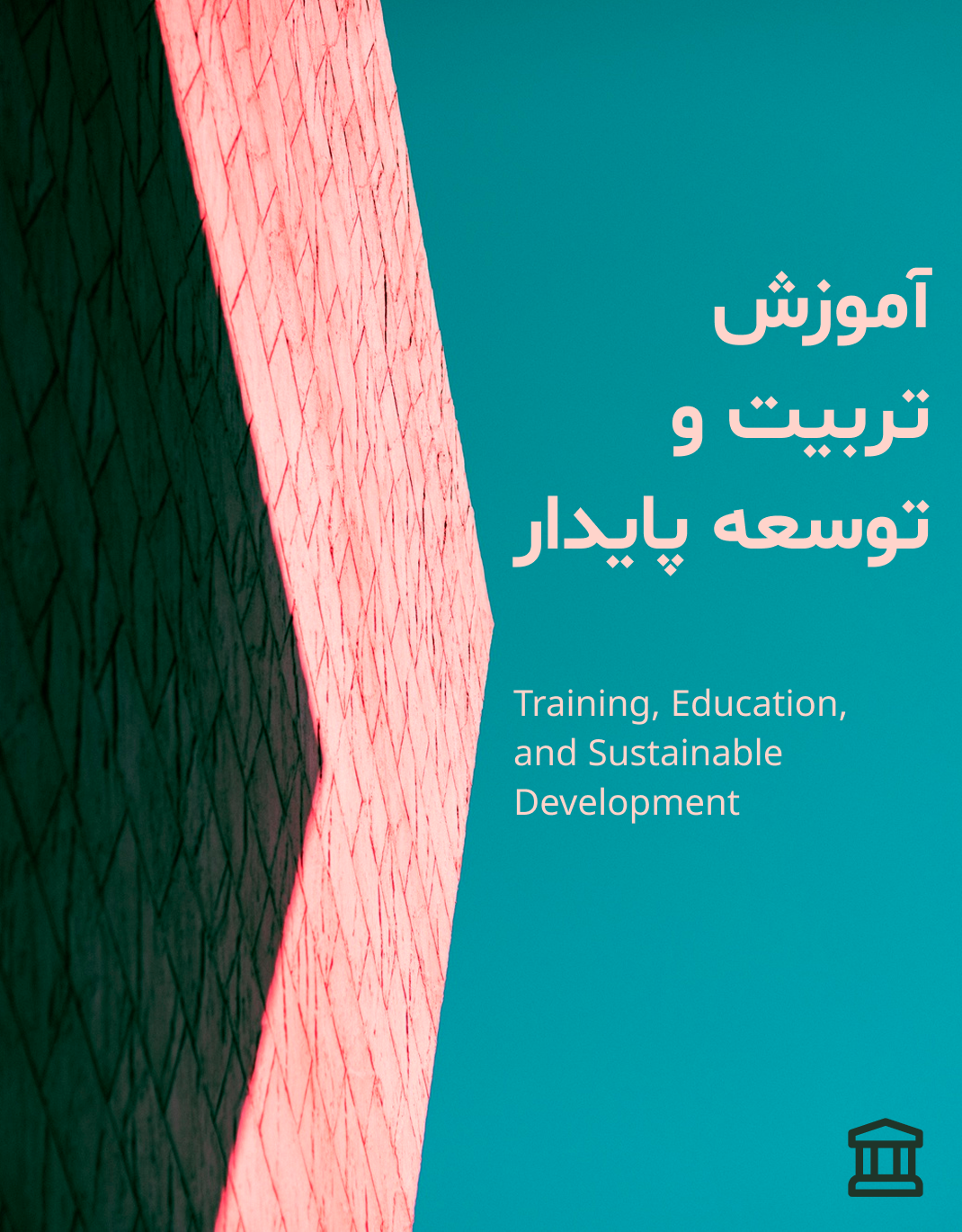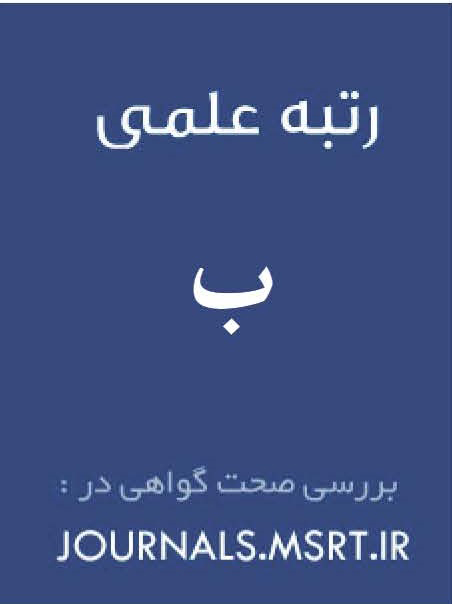شناسایی ابعاد تربیتی سبک زندگی پایدار در محتوای آموزش ابتدایی
کلمات کلیدی:
سبک زندگی پایدار, تربیت اخلاقی, آموزش ابتدایی, تحلیل مضمون, آموزش محیطزیستچکیده
هدف پژوهش حاضر شناسایی ابعاد تربیتی سبک زندگی پایدار در محتوای آموزش ابتدایی با تأکید بر دیدگاههای متخصصان حوزه آموزش، برنامهریزی درسی و تربیت محیطزیستی است. این پژوهش به روش کیفی و با استفاده از رویکرد تحلیل مضمون انجام شد. دادهها از طریق مصاحبههای نیمهساختاریافته با ۲۵ نفر از متخصصان آموزش ابتدایی، برنامهریزی درسی، آموزش محیطزیست و تربیت اخلاقی گردآوری شد. نمونهگیری بهصورت هدفمند و در چارچوب معیارهای تخصص، سابقه آموزشی و آشنایی با موضوع پژوهش صورت گرفت. دادهها پس از پیادهسازی، با استفاده از نرمافزار NVivo تحلیل شده و تا رسیدن به اشباع نظری ادامه یافت. تحلیل دادهها منجر به شناسایی سه مضمون اصلی شامل «زیست اخلاقی و مسئولانه»، «همزیستی پایدار با طبیعت»، و «تصمیمگیری آگاهانه و آیندهنگرانه» گردید. این مضامین دربرگیرنده ۹ زیرمضمون و مفاهیمی نظیر مسئولیتپذیری اجتماعی، حساسیت زیستمحیطی، سبک زندگی کممصرف، خودنظارتی، عدالتطلبی، تفکر نقادانه، و آگاهی از پیامدهای رفتار بودند که همگی بیانگر ماهیت چندبعدی تربیت برای پایداری در آموزش ابتدایی هستند. یافتهها نشان میدهد که تربیت برای سبک زندگی پایدار باید رویکردی تلفیقی داشته باشد و ابعاد اخلاقی، زیستمحیطی و شناختی را همزمان مدنظر قرار دهد. بازنگری در محتوای درسی آموزش ابتدایی و توانمندسازی معلمان در انتقال ارزشهای پایداری از مهمترین اقدامات پیشنهادی بر مبنای یافتههای پژوهش است.
دانلودها
مراجع
Anderson, A. (2012). Climate change education for mitigation and adaptation. Journal of Education for Sustainable Development, 6(2), 191–206.
Creswell, J. W., & Poth, C. N. (2018). Qualitative Inquiry and Research Design: Choosing Among Five Approaches (4th ed.). Sage Publications.
Hestness, E., McGinnis, J. R., Riedinger, K., & Marbach-Ad, G. (2014). Preservice science teachers’ conceptualizations of climate change literacy. International Journal of Science Education, 36(7), 1190–1217.
IPCC. (2021). Sixth Assessment Report (AR6). Intergovernmental Panel on Climate Change.
Kazemi, M., Esmaeili, S., & Mozaffari, M. (2020). Investigating environmental concepts in Iranian science textbooks. Environmental Education Research, 26(4), 527–541.
Monroe, M. C., Plate, R. R., Oxarart, A., Bowers, A., & Chaves, W. A. (2019). Identifying effective climate change education strategies: A systematic review of the research. Environmental Education Research, 25(6), 791–812.
Shephard, K., Mann, S., Smith, N., & Deaker, L. (2015). How best to ensure that the capability to think and act sustainably becomes a disposition of graduates. Journal of Geography in Higher Education, 39(3), 408–421.
Stevenson, R. B., Nicholls, J., & Whitehouse, H. (2017). What is climate change education? Curriculum Perspectives, 37(1), 67–71.
Taghvaei, M., & Amiri, M. (2021). Challenges and strategies of climate change education in Iran: A policy analysis. Iranian Journal of Environmental Education, 3(2), 115–132


